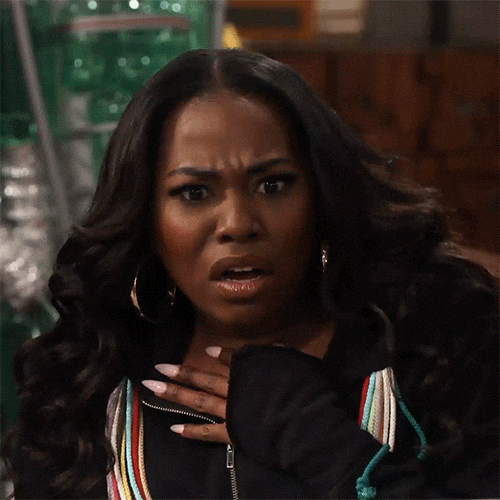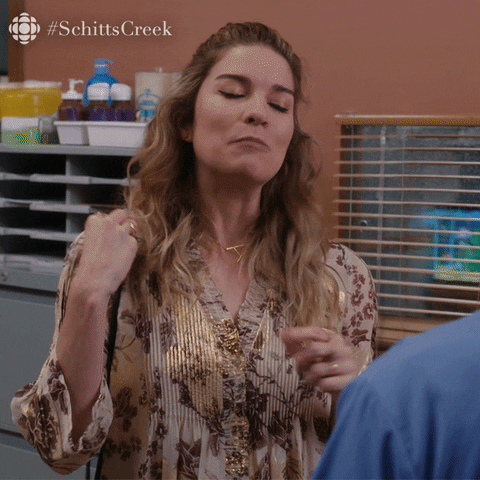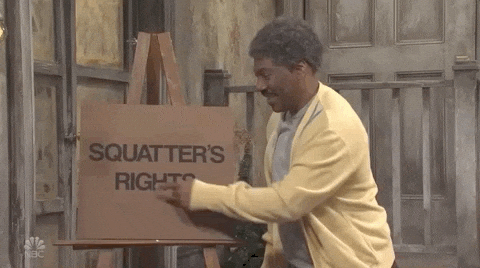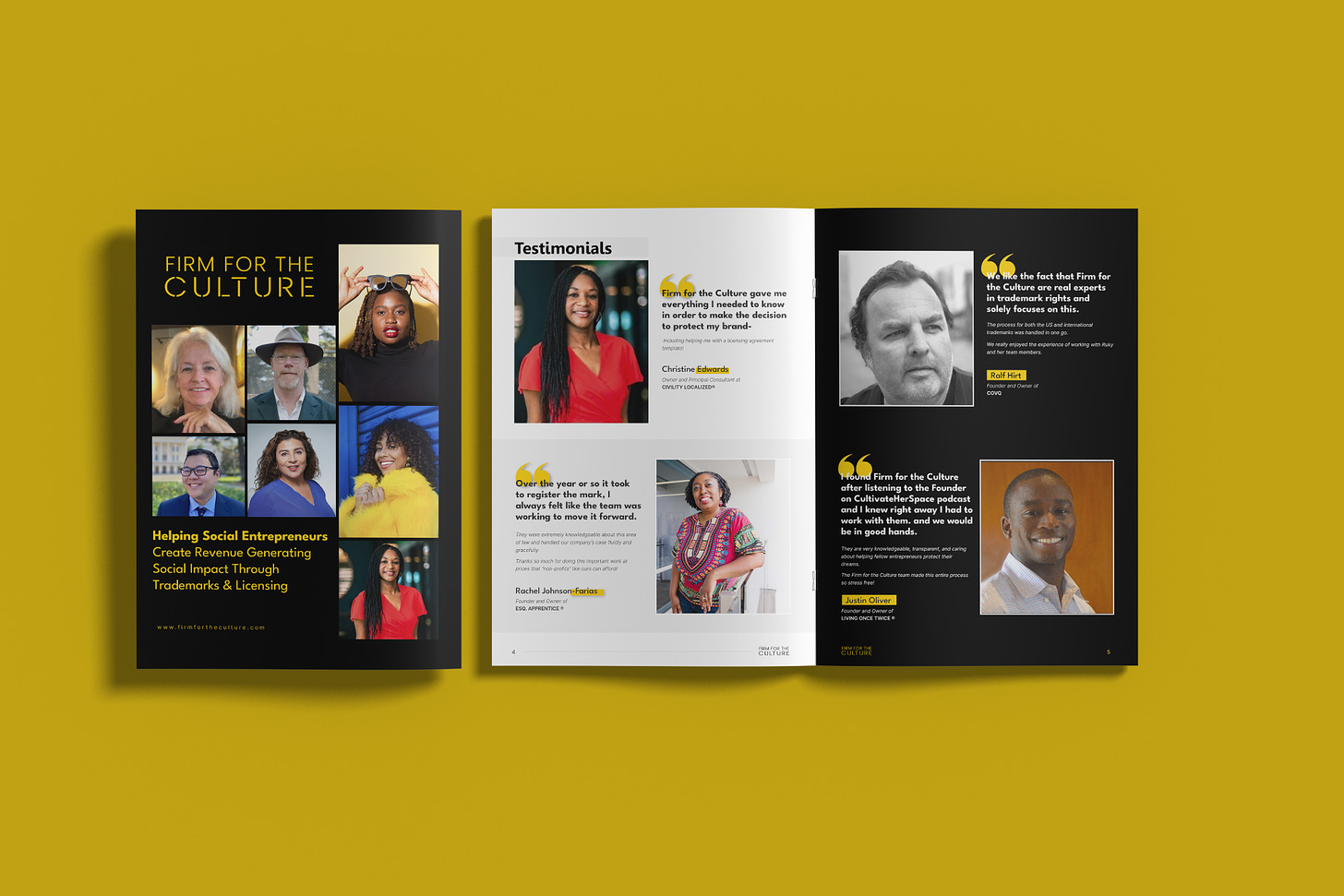Surprise! You’ve Been Canceled
Four Post-Registration Pitfalls that could Jeopardize your Trademark | I Am What an Intellectual Property Attorney Looks Like.
Hey Fam,
Let’s imagine for a second, shall we?
You did it.
You hired the lawyer, filed the paperwork, got your trademark registered.
You even popped a bottle of bubbly to celebrate.
But here’s something most entrepreneurs don’t find out until it’s too late:
Your trademark can still be canceled.
Yes. Even after it’s been successfully registered.
Even after you’ve spent months or years building your brand around it.
So how do we prevent this?
Because, surely, without a trademark, you’re back at square one with zero brand protection.
And let’s not do that.
In this Founder’s Letter, we’re diving into four post-registration pitfalls that could jeopardize your trademark—and what to do instead.
Loving This Post?
Show us some love by adding a “❤️” or commenting below; this will make our hearts sing.
But First, Church Announcements
Upcoming Event: Trademark Watch Services 101
Come learn how to actively monitor and enforce your rights post-registration. This session covers cease-and-desist strategy, takedown notices, cancellation proceedings, and how to avoid being blindsided.
Date: Thursday, May 29, 2025
Time: 7:30 AM PST
Where: Live on Zoom
Join us and get practical tools to stay in control of your brand’s reputation and legal protection.
Free for clients, $10.00 for guests.
Clients, a separate email is coming your way shortly.
For guests, reserve your spot here: FFTC Events
Okay—Here’s What Can Get You Canceled:
You did the hardest part thus far:
✅ You hired the lawyer.
✅ You filed the paperwork.
✅ You got your trademark registration.
But here’s what most people don’t realize:
A trademark isn’t a one-and-done deal.
Unlike other forms of intellectual property (like copyrights or patents, which expire after a fixed period), trademarks can last forever—
Yes, for hundreds of years, potentially.
Think about Disney, which was founded in 1923, but still has almost 2,000 registered and very active trademarks today.
But only if you actively maintain them.
That means keeping up with key deadlines, filings, and renewal fees.
If you don’t?
You risk automatic cancellation—no warning, no grace period, and no refund.
Here’s what the USPTO requires to keep your registration alive:
📅 Between Years 5–6:
You must file a Declaration of Continued Use (Section 8)
📅 Between Years 9–10:
You must file both a Section 8 and a Renewal Application (Section 9)
📅 And every 10 years after that:
You’ll need to continue filing to keep your protection in place.
This is in addition to policing, enforcement, and continuously using your trademark in the marketplace.
Miss any of these?
Your mark is canceled. Period.
And once it’s canceled, someone else can swoop in and claim your name—while you’re stuck with the costs (and chaos) of rebranding.
Now imagine explaining to your clients, partners, or audience why your brand suddenly disappeared from legal protection.
Founder Tip:
Set up alerts. Save the dates. Get help if you need it.
Because this is more than paperwork—it’s your protection, peace of mind, and longevity on the line.
Or better yet? Let us handle the deadlines for you.
At Firm for the Culture, we created a tailored Trademark Concierge Watch Service designed specifically to keep founders from falling into this trap.
You can learn more (and protect your future) here:
Because a trademark has the power to last forever—
But only if you treat it like it deserves to.
Let’s say you filed your trademark, got it registered, and popped that celebratory bubbly.
But then—out of nowhere—you get hit with a legal curveball:
Someone files a petition to cancel your trademark through expungement.
Yes, anyone—a competitor, a watchdog group, or even a random third party—can challenge your registration if they believe you’ve never used your trademark in commerce.
It’s happening every day. In fact, tens of thousands of trademarks have already been canceled through expungement and reexamination procedures.
👀 The USPTO is not playing around.
They are actively clearing out registrations for marks that aren’t being used:
This process was introduced under the Trademark Modernization Act to weed out registrations that are just squatting on brand names without real commercial use.
What You’ll Need to Defend It:
✔️ Product listings
✔️ Sales receipts
✔️ Invoices
✔️ Marketing materials
✔️ Shipping confirmations
✔️ Social proof of sales and engagement
You need to show that you’ve been using the mark in the marketplace—not just saving it for a rainy day.
And here’s the kicker:
You only get a limited window to respond and provide that proof.
If you don’t respond in time (or your evidence isn’t strong enough)?
Your trademark can be canceled.
No appeal. No redo. No grace period.
Just a canceled mark—and with it, the very real risk of having to:
Start the trademark process over from scratch
Or stop using your brand name altogether
Founder Tip:
If you’re holding onto a trademark you haven’t used yet—or you’re unsure if your use qualifies—get help beforesomeone challenges you.
We’re here to help you sort through the legal, strategic, and brand implications of proving use.
Let us help you stay protected 👉 bit.ly/FFTCConcierge
Because if you don’t use it…
You could lose it.
This one stings.
Reexamination is like expungement’s close cousin — but it digs into your original filing date and whether you were actually using your trademark in commerce at the time you said you were.
If someone believes you misrepresented your use of the mark when filing, they can challenge your registration. And if you can’t prove use at the time of filing?
⚠️ Your entire registration could be wiped out.
Let’s be clear: this isn’t about whether you’re using the mark now.
It’s about whether you were using it then — on your application’s declared date of first use.
Common Scenario We’ve Seen: You filed a “use in commerce” application, but in reality, you hadn’t made a single sale.
You were still prepping, building, or testing. You might have even meant to launch soon…
But the truth is: intentions don’t count in the eyes of the USPTO.
You need receipts.
If the challenge is successful and you can’t deliver hard evidence from that time period, it’s game over.
No grace period. No refund. Just cancellation.
Why This Matters:
So many entrepreneurs rush to file a trademark because they’re told to “protect it early”—
But early does not mean prematurely.
→ If you haven’t made actual sales…
→ If your product or service hasn’t hit the market…
→ If you can’t show bona fide commercial activity…
Wait.
Or file as an “intent to use” instead — and update the application once you launch.
Founder Tip:
Don’t assume no one’s watching. Increasingly, reexaminations are being used as a tool to challenge marks that were filed too soon or without proper documentation.
If you’re unsure whether your original use date is defensible, consult a trademark attorney before a costly mistake catches up to you.
💬 Need help reviewing your trademark timeline?
We’ve got you. Start here 👉 bit.ly/FFTCConcierge
Because what you file today…
could be questioned tomorrow.
Since 2017, the USPTO has been conducting random audits on trademark holders—especially those who claim use across multiple goods or services.
If selected, you’ll be asked to submit specimens of use for each class of goods and services you claimed.
Fail to provide sufficient proof? Parts of your registration (or the entire thing) may be canceled.
→ No warning, no specific reason—just an email from the USPTO saying you’ve been chosen.
Here are a few founder-forward strategies to protect your trademark (and your peace of mind):
→ Maintain clear records of your sales, marketing, and use in commerce
→ Only file for goods/services you actually intend to use
→ Don’t DIY your trademark strategy unless you know exactly what you’re doing
→ Regularly audit your registrations to ensure accuracy
→ Build an enforcement and watch strategy early on
Drop your story in the comments—or reply to this email and let us know.
You never know who else might need the insight.
Need Help Protecting Your Creativity?
If you are unsure—or if you know you need to take action—reach out to us.
We have helped countless founders and creatives safeguard their intellectual property, and we would love to do the same for you.
If you need further guidance, reach out to me and my team at Firm for the Culture.
We’re here to help you navigate the copyright, trademark, and thought leadership journey.
Can’t wait to help you protect your dynamic impact.
And #ThatsAWrap
The Doors of the Church Firm Are Open
Thanks for reading.
See you next time.



















